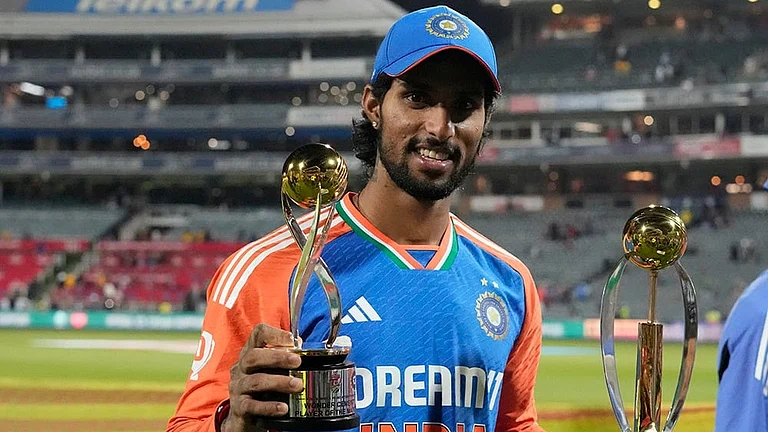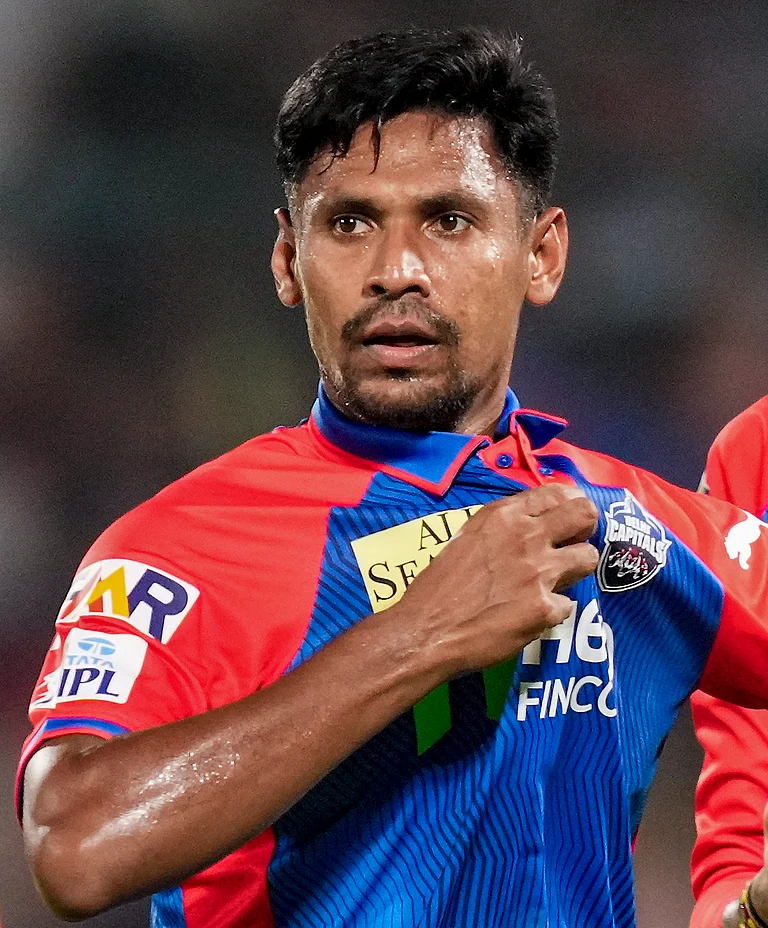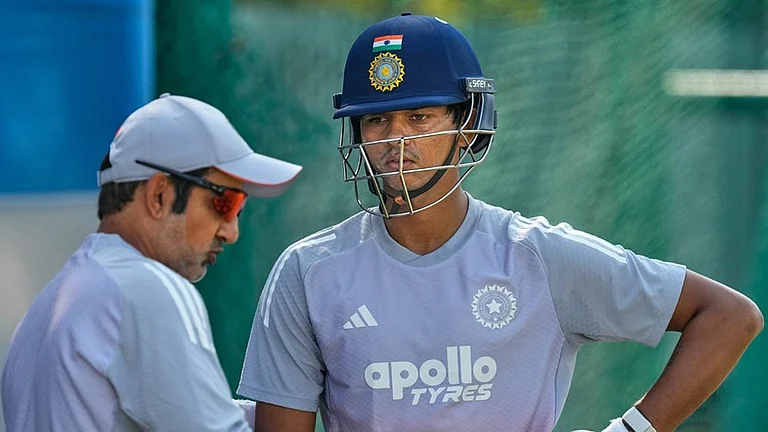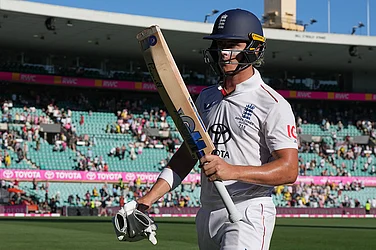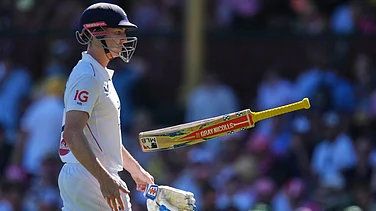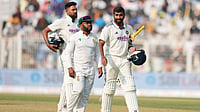The shift in priorities to franchise cricket is not an entirely recent trend. Something similar to this has happened many times in the past in other countries, with the West Indies in particular being the worst affected. Many of the Caribbean team’s best players chose to play franchise cricket around the world, instead of turning out for the national team. (More Cricket News)
Players from other Test-playing nations have also called an early halt to their international careers with the national team to concentrate solely on franchise cricket.
Read Part 1 HERE
Read Part 2 HERE
The same could happen to India as well in the near future, unless the issue is dealt with sensitively and adequately, and an India cap may well be reduced to being a stepping stone to a bigger Indian Premier League (IPL) contract.
Which would be a sad day for Indian cricket.
For now, it has prompted the Board of Control for Cricket in India (BCCI) to issue its current mandate, stipulating that from the quarter-final rounds of the Ranji Trophy this year, players must represent their respective state teams when not playing for the national team.
Hopefully, this would have the desired impact on the players’ mindset towards domestic cricket, since it not only sends out a clear message about its importance in the BCCI’s scheme of things, but also emphasizes the role of domestic tournaments in shaping and furthering a player’s career.
And rightly so, because for players who are out of form, domestic cricket provides an opportunity to try out different things in different formats, away from the constant scrutiny, and spend quality time in the middle. It can help them mature as players and sort out any technical and mental issues that they might have.

Which is why the BCCI’s commitment to domestic cricket deserves a big thumbs up from a long-term perspective. It also brings fresh hope to hundreds of young, aspiring cricketers toiling away in domestic cricket who have not been able to win an IPL contract, promising them a way forward in their respective cricketing journeys.
And it could offer a welcome return to the way things were in the past.
Simultaneously, the BCCI must also seriously think at some stage about the host of anonymous talented players who are lost from the bigger and more established state sides every season, for want of places in their Ranji Trophy teams. Creation of a few developmental sides in domestic competitions across different formats, made up from these left-over players, could be one way of opening up a career pathway for them.
These players would never get a chance otherwise to showcase their talent and pursue their cricketing dreams. And after a frustrating wait of a few seasons on the fringes of first-class cricket with a Delhi or Karnataka or Mumbai side, most of them would drift away to other things.
And that would be a loss to the national talent pool that India can ill-afford in the long term. The argument that this has always been the case does not hold good anymore, with cricket having opened up so much, across different formats.
Today, the sheer volume of matches that are being played calls for creation of more than one national team, and split sides of the same nation playing different formats in different parts of the world at the same time will soon be a reality. More so with the present-day scheduling patterns of the International Cricket Council (ICC), dictated to a large extent by broadcast companies looking for more and more content for their viewers.
ALSO READ: ICC's Latest Stop-Clock Rule Explained
With the rising number of matches in the crowded ICC calendar, a proportionately bigger talent pool has now become an inescapable necessity, not a luxury.
This is therefore, the right time to correct a historical wrong and if generations of players have suffered in the past on this count, it does not mean that the same should continue even now, when cricket is nothing less than a global industry in itself.
There is no scope today for frittering away the talent of the calibre of a Rajinder Goel, Padmakar Shivalkar, VV Kumar, Amol Mazumdar and a host of other players across generations, who never got the opportunities that they deserved to play for the national team.
And the same goes for the state sides as well.
More than ever before, there is a crying need now to harness that wasted talent and create slots for them, both in domestic and international cricket. This will ensure that we are prepared to face the challenge of physically and mentally demanding, round-the-year cricket. These opportunities have already started to open up for our international cricketers to a certain extent, and it now needs to happen for the legion of domestic cricketers too, who quietly fade away unknown, every year.
And therein lies an issue that the BCCI must address, in the interest of widening the national talent base and also, for keeping domestic cricket meaningful and competitive.
For how would we ever know the true worth of a player, if he never gets to play for his state team?
The views and opinions expressed are those of the author. The author is a veteran Wing Commander of the Indian Air Force, who has played Ranji Trophy for Services.








